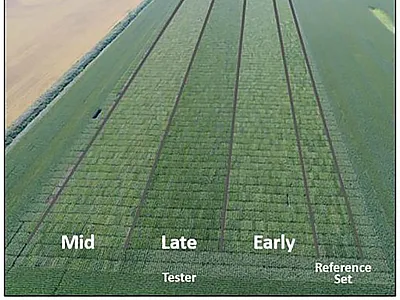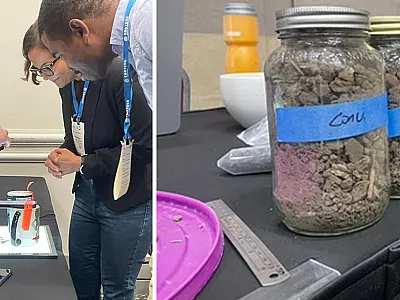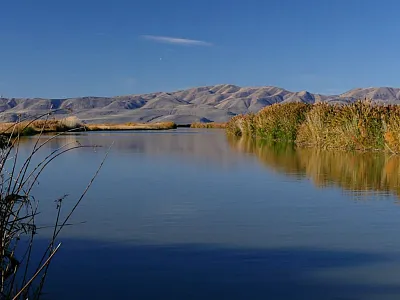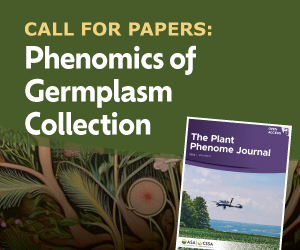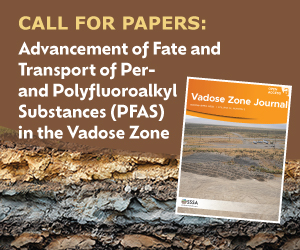Teacher conferences: A pathway to fill the soil, agronomy, and crop science career pipeline
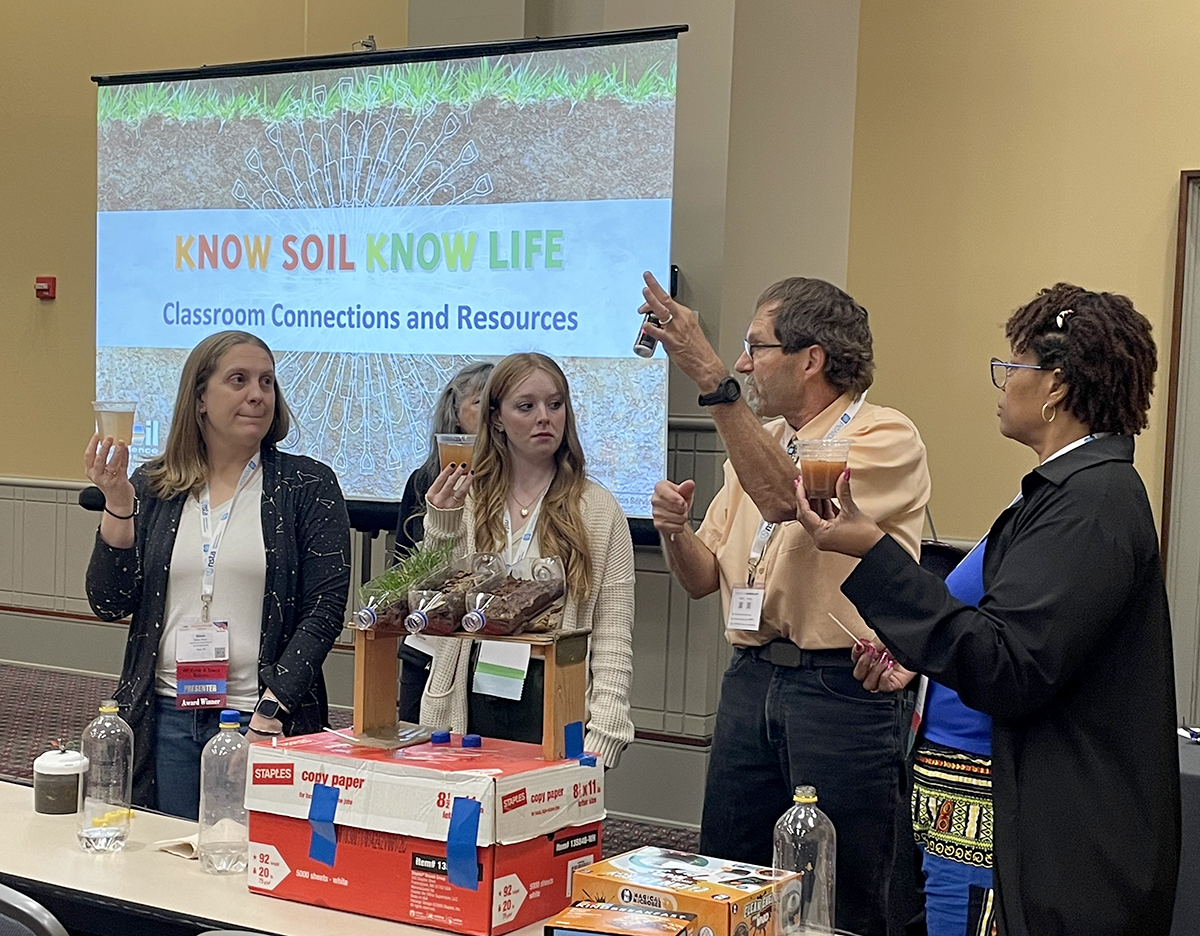
The K-12 Committee of SSSA engaged educators at the 2025 National Science Teaching Association Conference in Philadelphia through interactive workshops and hands-on booth demonstrations, highlighting the importance of soil, agronomy, and crop science in education. Their workshop connected soil science to the four pillars of sustainability—environmental, economic, social, and cultural—while providing teachers with free lesson plans and practical classroom resources. By reaching roughly 750 teachers and education leaders, the event strengthened efforts to inspire the next generation of soil and crop scientists.
Filling the pipeline with our next generation of soil, agronomic, and crop scientists has been limited by the lack of knowledge about these fields. The K-12 Committee of SSSA has consistently addressed this challenge by presenting workshops and exhibiting at the annual National Science Teaching Association (NSTA) Conference on Science Education. In March 2025, the event took place in Philadelphia, PA and was attended by thousands of educators and science education leaders from across the country who immersed themselves in the latest pedagogical strategies and resources. As in past years, SSSA members hosted a workshop and a booth at the event, which enlightened attendees about the nature of soil and how knowledge of soils, agronomy, and crop science fits into local curriculums.

Our displays and demos captured the interest of teachers and drew them to the booth where we talked about the wonders of soil. It was satisfying to see the light go on for some teachers who came in with the mindset of “I don’t teach soils,” but soon began to see how soil can be the entry point to teach the scientific method, biology, chemistry, physics, and environmental science!
At our booth, teachers learned about our free classroom-ready lesson plans available at Soils4Teachers.org, a website developed by the SSSA K-12 Outreach Committee. Interestingly, even earth science teachers were looking for new resources because their formal education did not always include specific coursework on soil science. They were excited and inspired to teach soil science concepts beyond soil as an ecosystem component of the rock cycle.
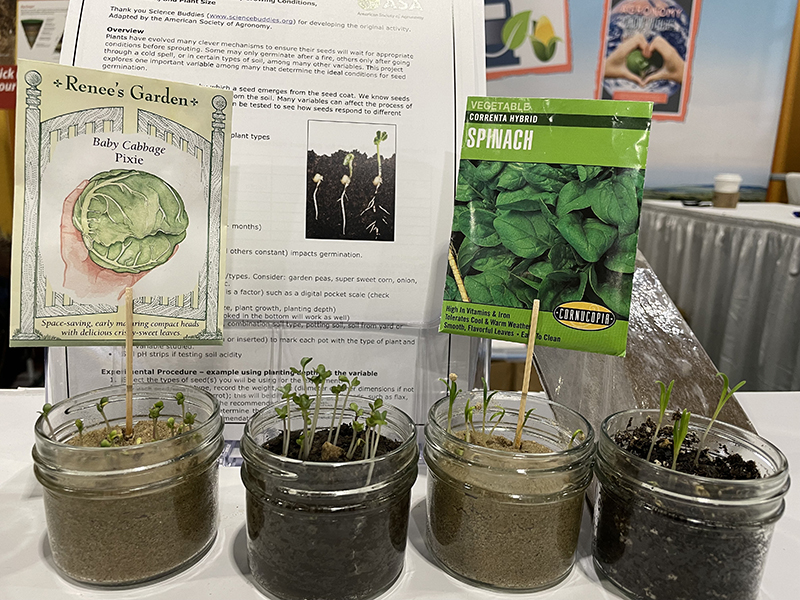
Our booth shared demonstrations (including a new activity on quicksand), posters, lesson plans and supporting resources, and our books, Soils: Get the Inside Scoop (second edition coming soon) and Know Soil, Know Life, all made available to help them gain confidence to make soils a meaningful part of their curriculum. In addition to teachers, we also connected with district science coordinators, professors who teach preservice (future) teachers, and non-formal educators, all of whom amplify and multiply the effects of our outreach.
“I do not remember how many years I have represented SSSA at NSTA, but working the booth is always one of the most fun professional experiences I have every year,” says SSSA and ASA member Clay Robinson who is widely known as “Dr. Dirt.” “I deepen friendships with my fellow committee members and have great conversations with teachers.”
Connecting soils to the four pillars of sustainability
This year our hour-long workshop, titled “It’s Foundational—Soil is the Key to Earth’s Sustainability!,” focused on the connections between all aspects of soils and soil science to the four pillars of sustainability—environmental, economic, social, and cultural. During the workshop, four committee members took turns presenting science and associated instructional resources connected to the pillars.
Melanie Szulczewski framed the workshop by engaging participants in an interactive brainstorm about the four pillars of sustainability as they relate to soils. She followed this by discussing the legacy of lead pollution and demonstrating water and soil tests for lead that can be conducted in a classroom.
"...[W]orking the (NSTA conference) booth is always one of the most fun professional experiences I have every year. I deepen friendships with my fellow committee members and have great conversations with teachers.”
—Clay Robinson
James Montgomery followed and shared numerous connections between soil and culture, even singing a refrain from “Dust in the Wind”!
Wale Adewumni and Clay Robinson enlightened the audience on how soil erosion affects water quality and shared solutions to the issues.
After each member presented a component, the participants were asked to identify the connections between the component that was shared and each pillar of sustainability.
Wrapping up the workshop, Missy Holzer pointed the participants to where they can find resources from the workshop, along with other quality instructional resources associated with soil science.
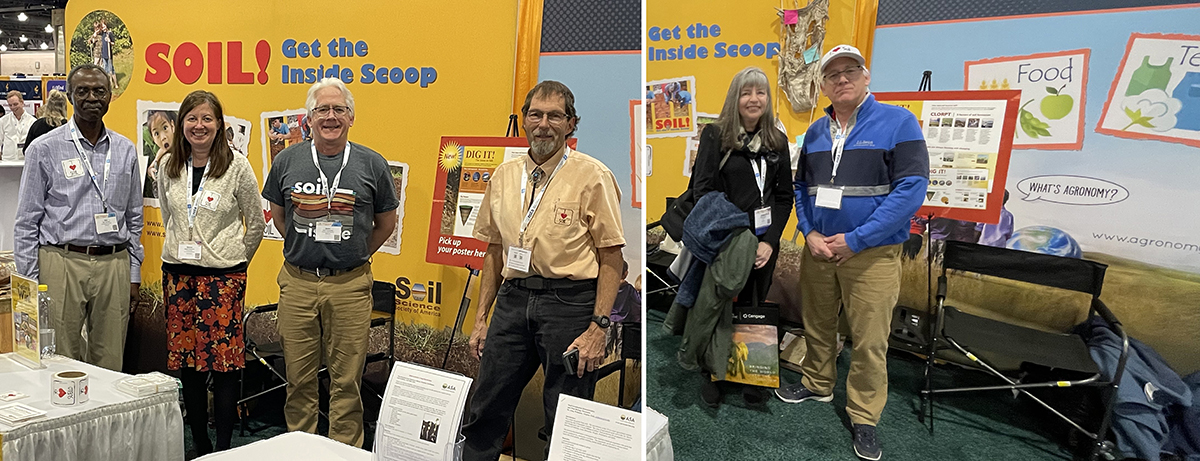
At the SSSA booth during the National Science Teaching Association Conference on Science Education in Philadelphia in March are (l to r) Wale Adewumni, Melanie Szulczewski, James Montgomery, Clay Robinson, Missy Holzer (SSSA K-12 Committee Chair) and James Montgomery (pictured again) at the booth.
Direct connections with educators
Participants were delighted with the content and materials. When catching up with a participant later at the conference, they said it was the best workshop they attended during the entire conference.
In the end, our presence at the NSTA conference allowed us to connect with ~750 teachers between the booth and the workshop. Each year, the K-12 Committee refreshes its offerings for the NSTA conference and will do so again next year for the conference in Anaheim, CA.
Presenting at science teacher conferences provides direct connections with educators who are in positions to inspire our next generation of soil and crop scientists. Most states have annual science teacher conferences providing you with a venue to celebrate and promote the passion you have for your field of study. Reach out to the SSSA K-12 Committee members to learn more about crafting a proposal to lead a workshop for teachers.
Text © . The authors. CC BY-NC-ND 4.0. Except where otherwise noted, images are subject to copyright. Any reuse without express permission from the copyright owner is prohibited.





